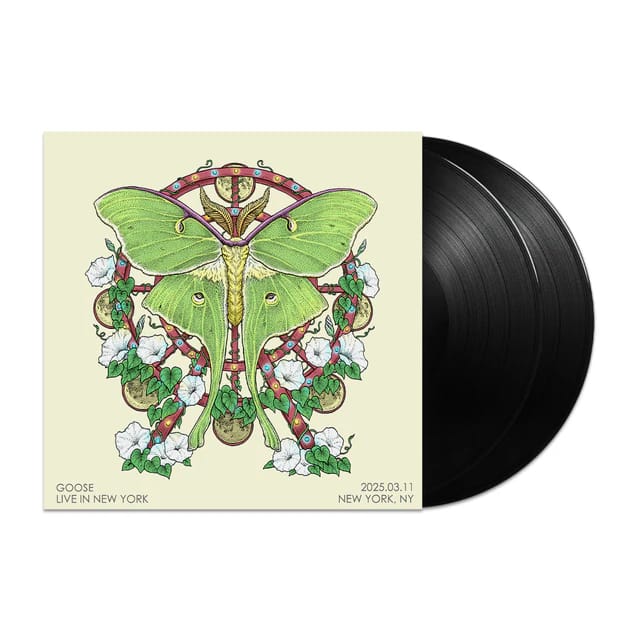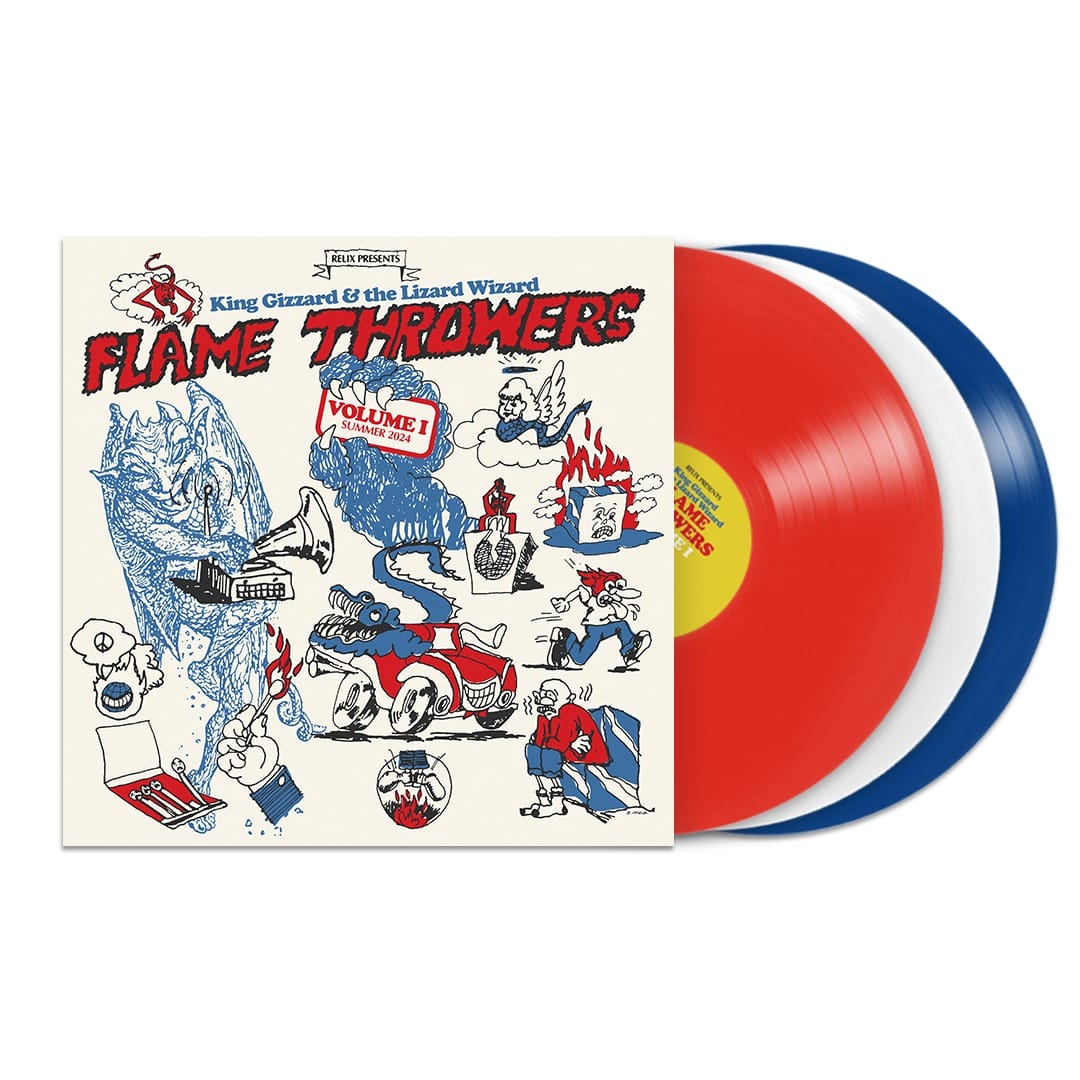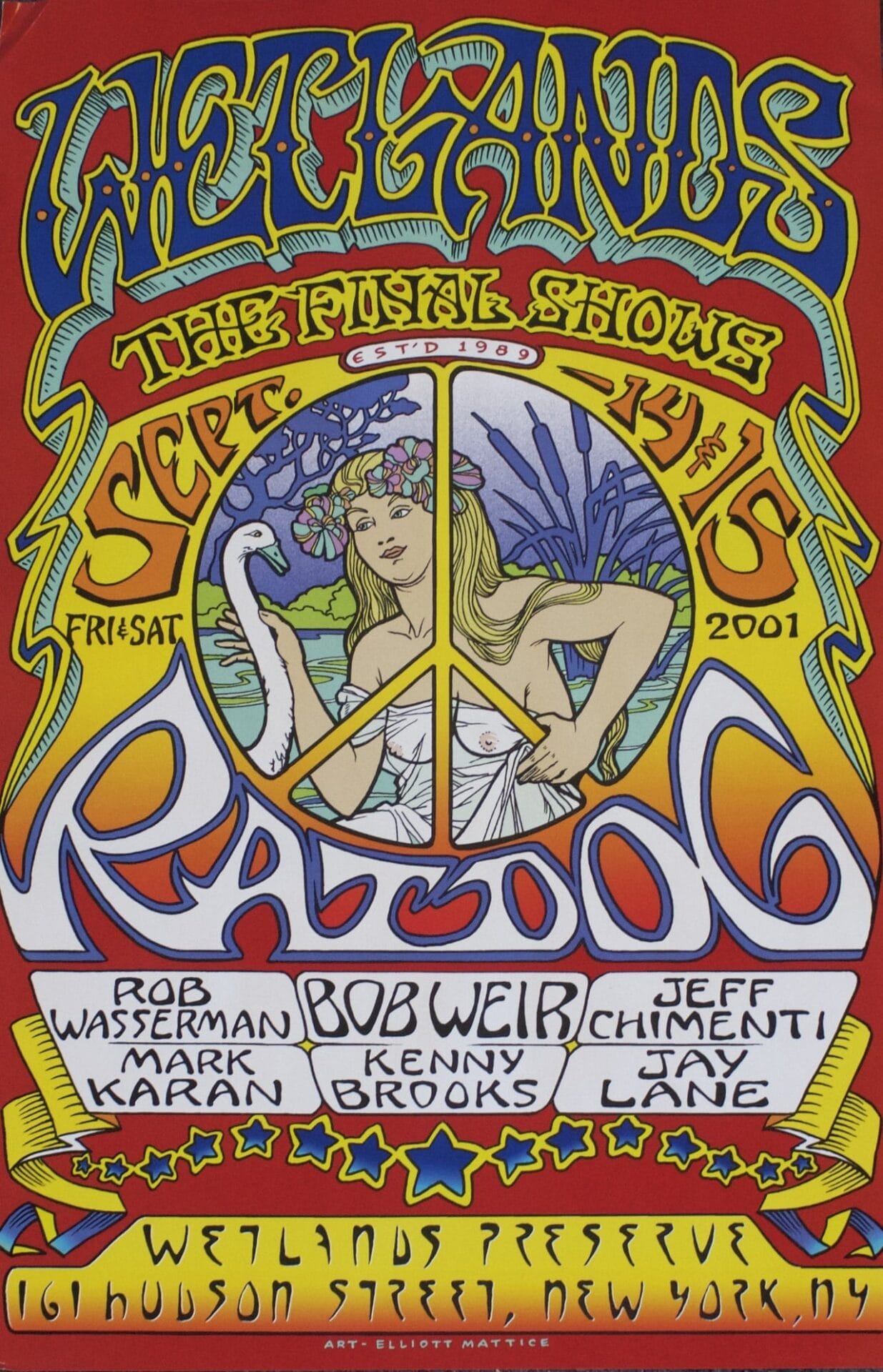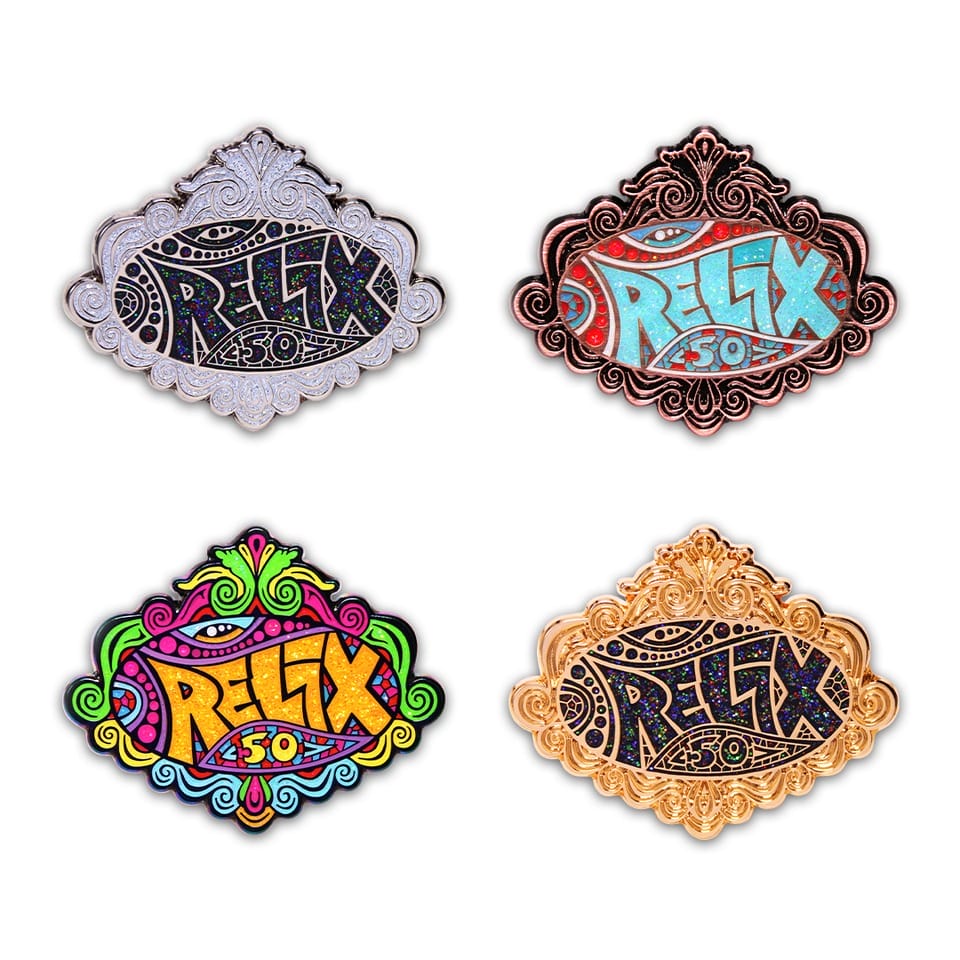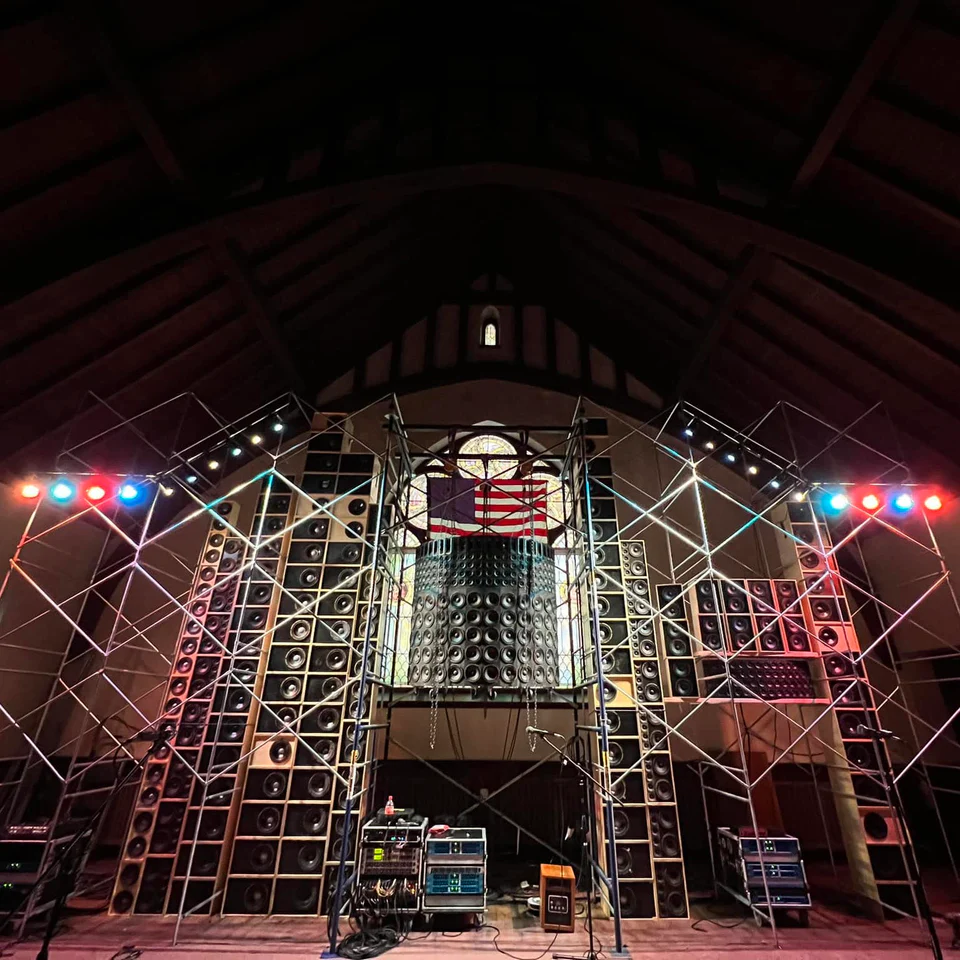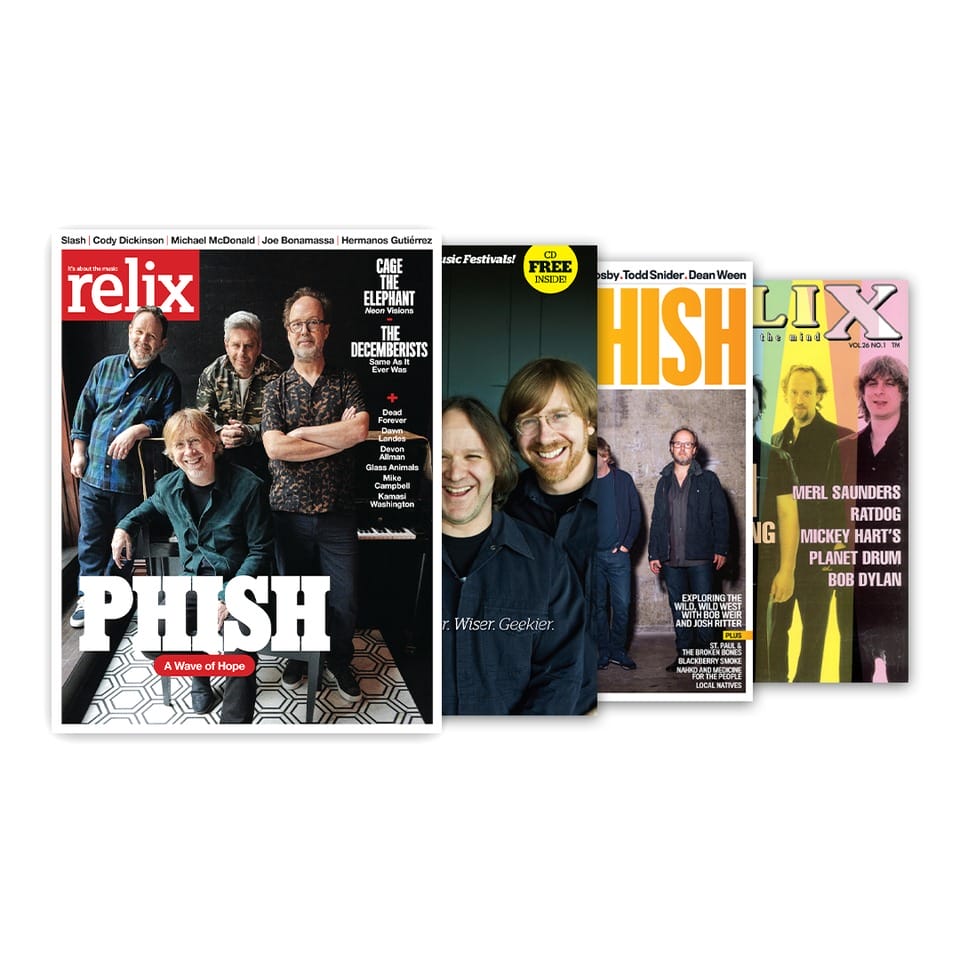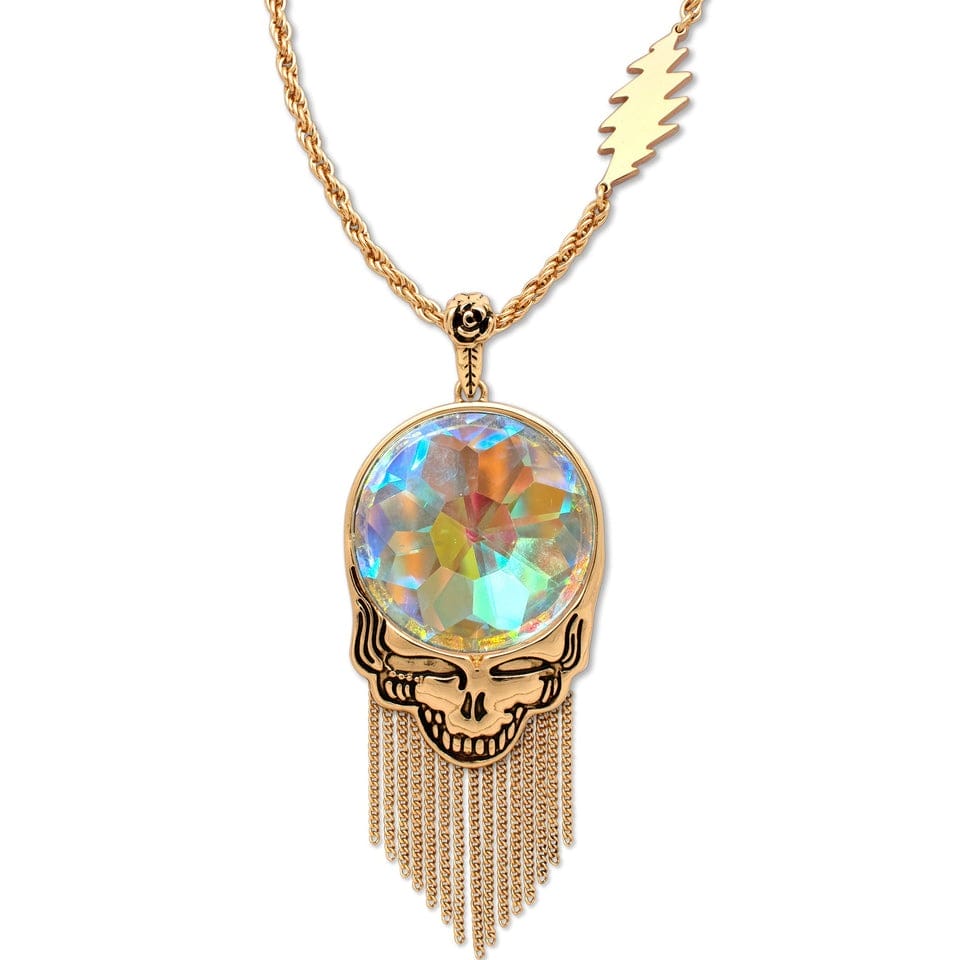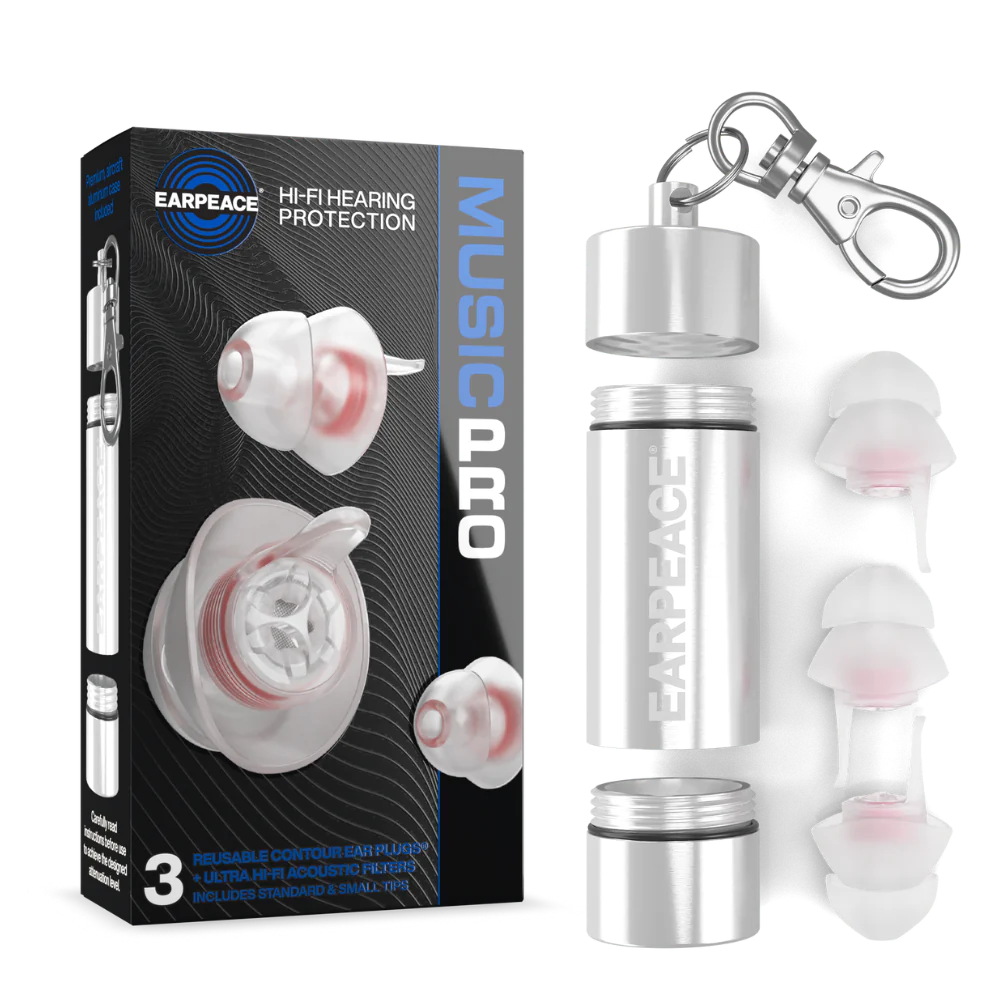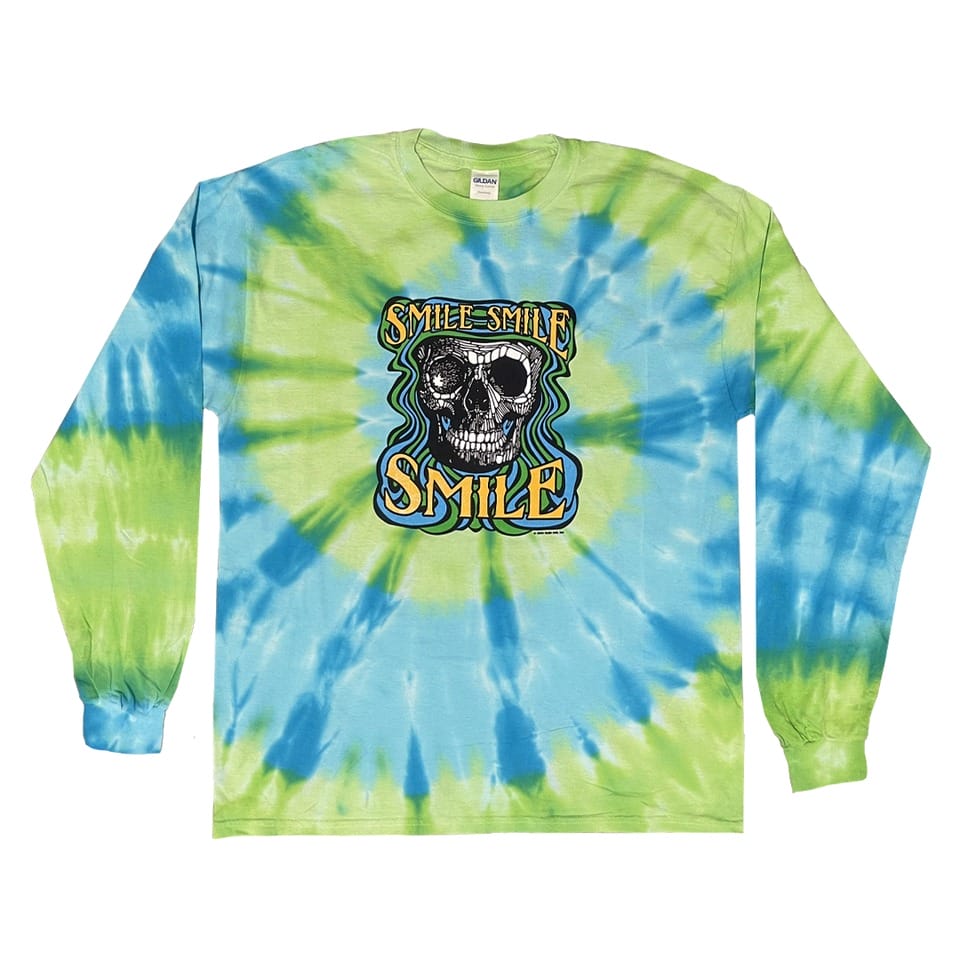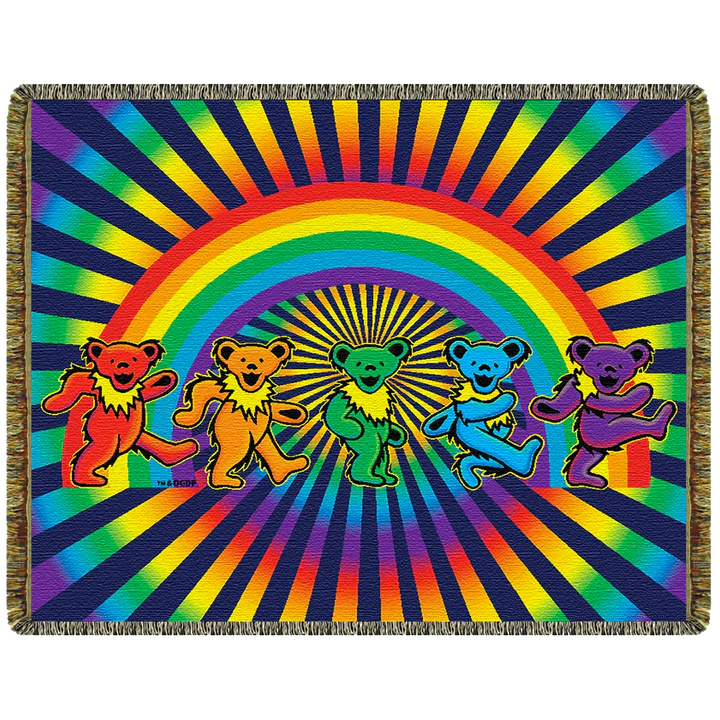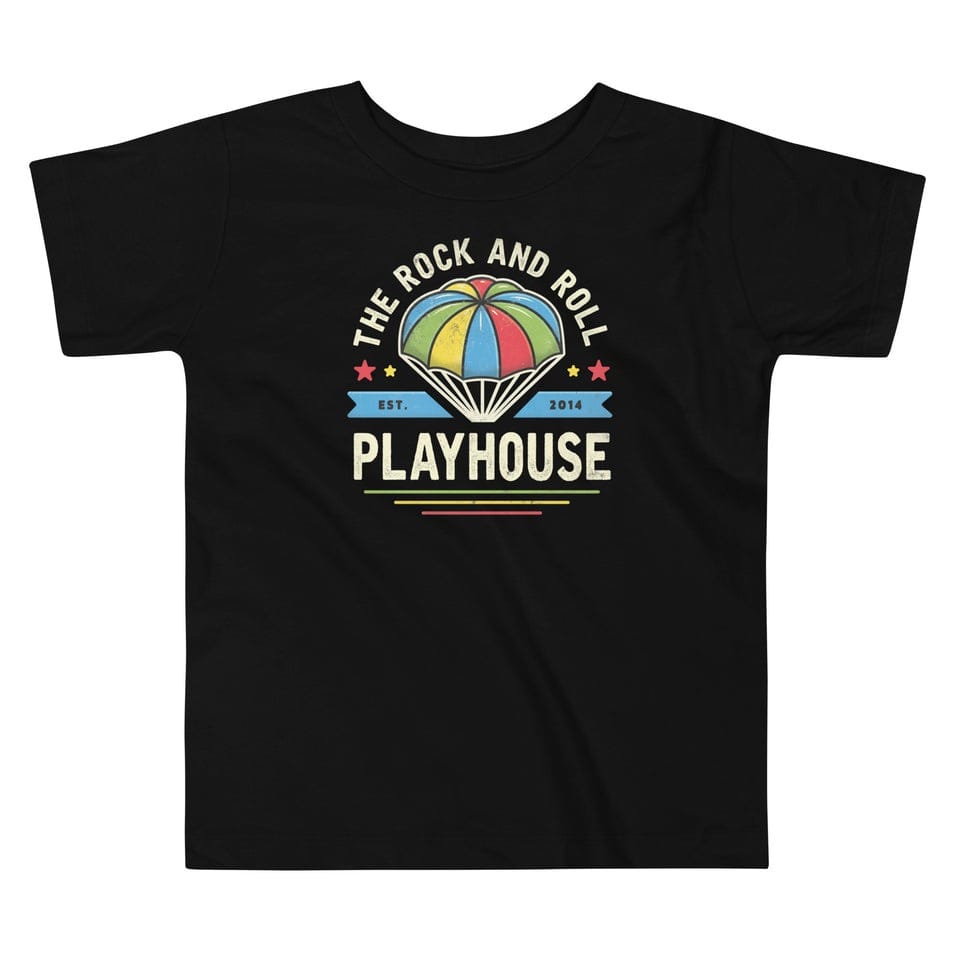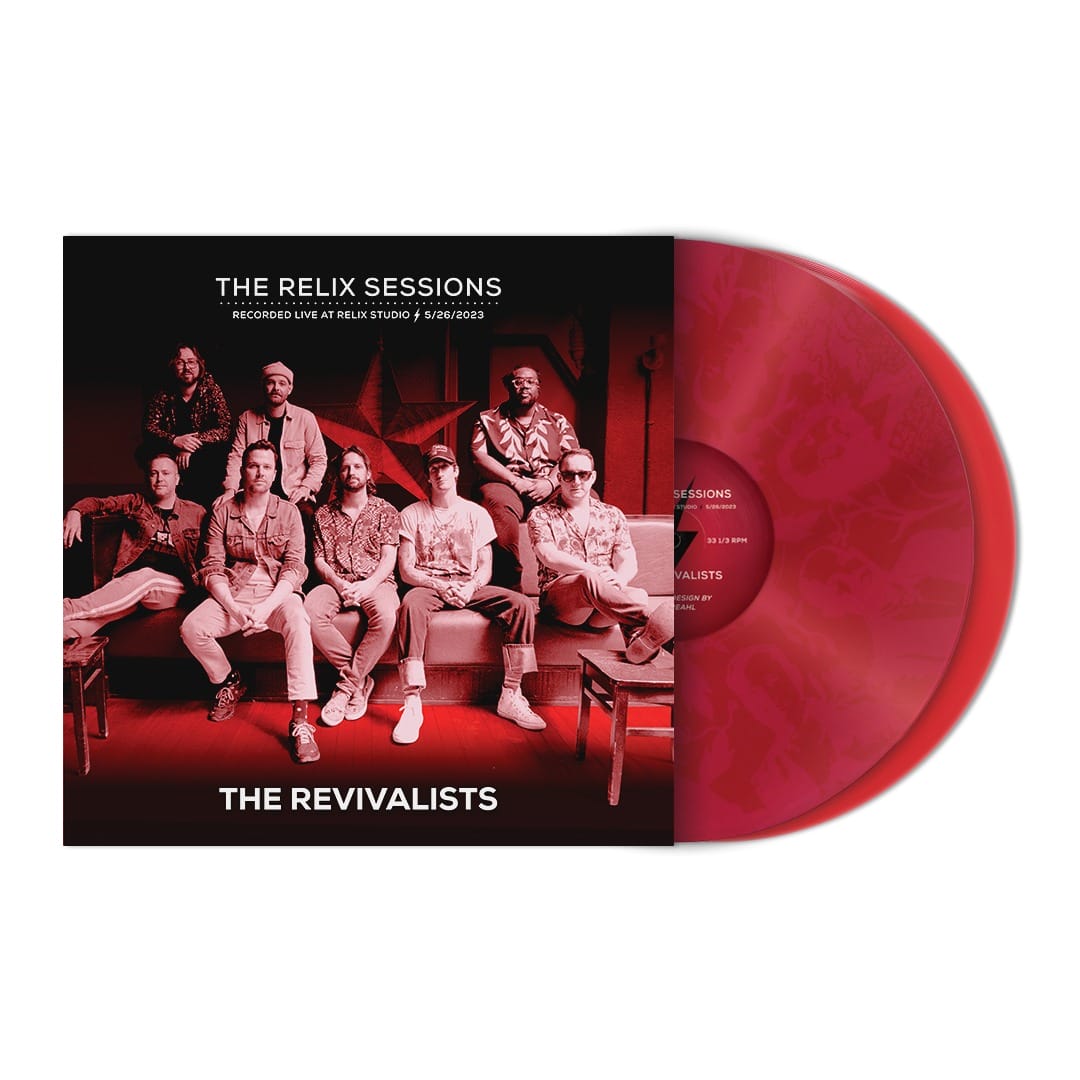Relix Revisited: 10 Albums Phish Might Like to Cover for Halloween
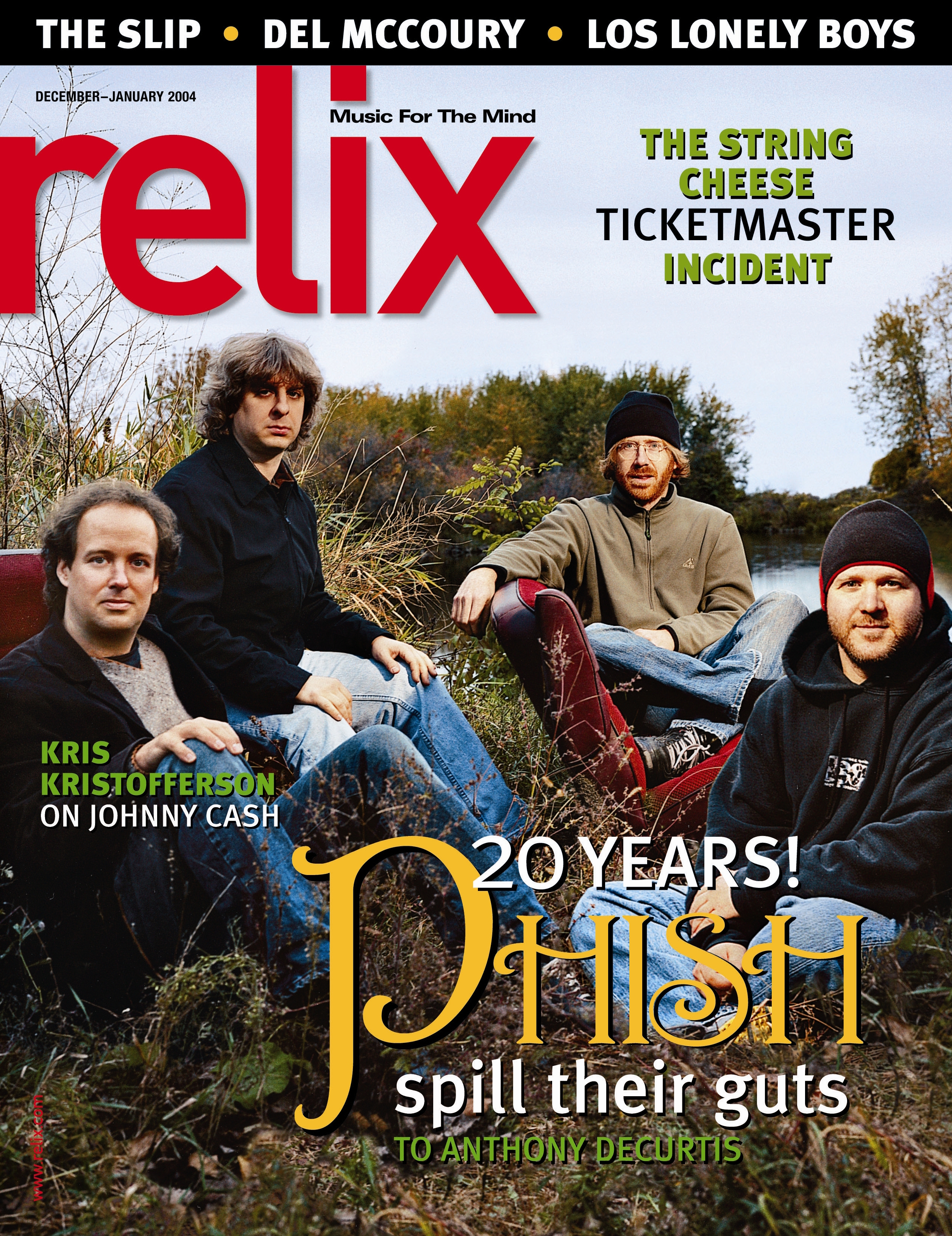
Nearly 14 years ago, the December/January 2004 issue of Relix featured a deep-dive cover story on Phish to mark the band’s 20th anniversary. As part of that piece, the group’s members shared 10 albums that they had been discussing as part of a band exercise prior to their summer tour the previous year. The idea was that everyone would come up with five albums to share with the band to help generate some musical ideas, then all 20 albums would be downloaded to each member’s iPods. That final plan never quite came to fruition, but some interesting discussions were had nonetheless.
With tomorrow’s Halloween show looming—and Phish’s musical costume choice still up for debate—we share 10 of the albums the group’s members were thinking about back then, along with the justifications for their choices. Thought this wasn’t originally an exercise focused on choosing possible Halloween themes, Trey Anastasio does mention the possibility a couple times in his own album explanations, so you never know… (This might be a good time to revisit the fact that Page McConnell discussed Phish’s idea for a 13-night Madison Square Garden run in a Relix interview 10 years prior to the band’s actual Baker’s Dozen run last summer.)
Trey Anastasio
The Mills Brothers, The Millennium Collection
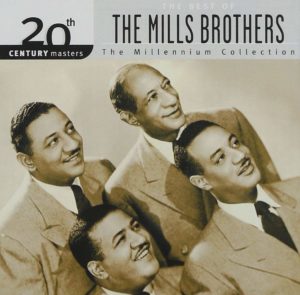
I picked this one because I’ve been listening to it a lot. The Mills Brothers are incredible. We do those four-part a capella songs sometimes, and I wanted the guys to hear the masters and maybe inject a little soul into the proceedings. I also thought that maybe we could do “Up a Lazy River.”
West Side Story: The Original Soundtrack Recording
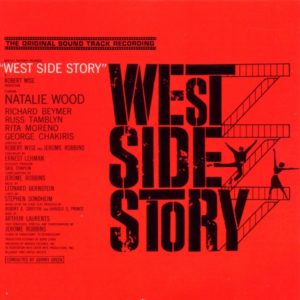
The greatest orchestration ever, to my mind, and something I have always loved. When I did the orchestration for the Youth Symphony version of “Guyute,” I looked at the score to West Side Story and stole ideas, so that got me more into it. There’s a version with Leonard Bernstein conducting that’s amazing, if you can get your hands on it.
Bob Dylan and the Band, The Basement Tapes

I spent the entire tour listening to this. I think I like it better than anything Dylan or the Band did separately. If we had done Halloween this year, I was going to argue heavily for this album.
Brian Eno, Another Green World

This was my other hope for the Halloween album, though since we came back from the tour I’ve also rediscovered Before and After Science, and in the family wagon my wife Sue has been listening to Taking Tiger Mountain By Strategy with the kids. All those Eno albums remain great.
Mike Gordon
Gillian Welch, Revival

I’ve really gotten into Gillian Welch; while we were on tour I kept playing her albums. Time (the Revelator) is the album people rave about, and I also like the one she put out this year, called Soul Journey. Her music hits home with me for some reason. She’s connected with the roots music that I like, but so unpretentiously and with such emotion. I feel weird hearing myself say that because I feel like I don’t really look for music that has emotion. I look for music that has a groove. But this just moves me.
Leo Kottke, Standing in My Shoes

Even though it was a few years back (1997), this album really inspired me. It has drum machine tracks and loops that David Z put together.
Jon Fishman
The Band, Greatest Hits
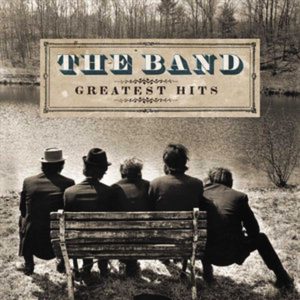
The Band’s highs were like a career’s worth of highs in each song, but their lows were total garbage, like a bad garage band. So for me the Band really are a greatest hits package, because there’s a lot of stuff that just wasn’t that great in my humble opinion. Every song on here—“Tears of Rage,” “The Night They Drove Old Dixie Down,” “Stage Fright,” “Ophelia”—is unbelievable. Robbie Robertson was on a par with the best of them as far as lyrics go; one of the greatest musical storytellers of all time.
Samul Nori, Record of Changes

This one is hard to find, but it’s key. I heard it on National Public Radio, and at first I thought it was some kind of Sun Ra thing. Samul Nori is a South Korean percussion trio, and this record is all gongs and bells and wild-sounding Asian drums. They don’t use gamelan instruments, but the metallic sounds are sort of similar. But it also sounds like someone thrashing away, really going at it, with mixing bowls in the kitchen sink. There’s like three songs on the whole record. It’s one of my favorite albums of all time, one of those things where you get settled in, light a few candles, make a fire, drink a couple of glasses of wine or smoke a joint, and just sit back and let it rip.
Page McConnell
Bruce Springsteen and the E Street Band: The Wild, the Innocent and the E Street Shuffle
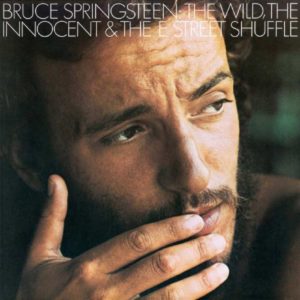
Part of this exercise was to encourage people to hear things they otherwise might not listen to. So one of the reasons I picked this one is that Fishman has had an aversion to Bruce Springsteen and I wanted him to hear this. It’s one of my favorite albums. I like the grooves and the energy. Springsteen was still hungry and aspiring at that point (1973), and you can feel it. For that reason, I might just as well have included Greetings From Asbury Park.
The Bill Evans Trio, Explorations

One of the reasons I started getting into jazz, both listening to it and playing it, was the stuff Bill Evans did with Miles Davis on Kind of Blue. He’s in such a different league than I am, but I was intrigued by his playing. Throughout all of his work, the melody is so important. I really like piano or keyboard trios; part of the reason I put Vida Blue together is that I wanted to have a different kind of keyboard trio. The way Evans approached the jazz piano trio—the roles of the drums and the bass—was really inventive in terms of what was going on in the early Sixties, when this album came out.



